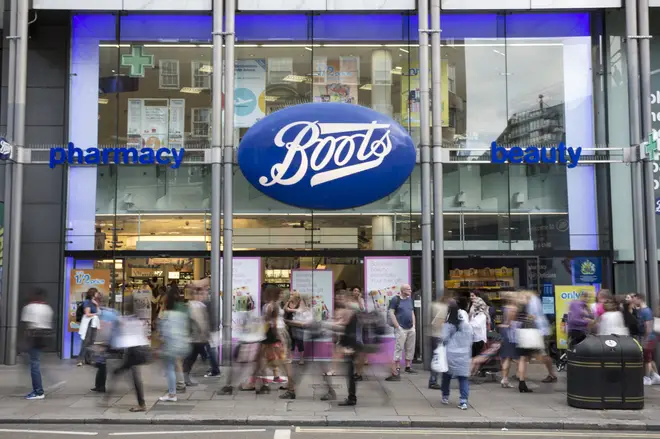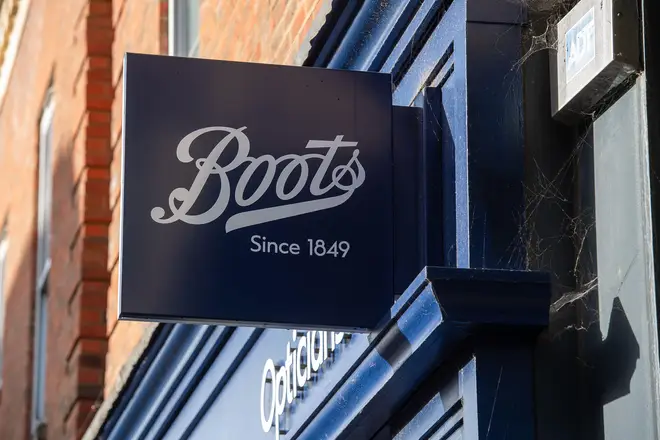
Clive Bull 1am - 4am
18 December 2023, 14:58 | Updated: 18 December 2023, 20:03

Boots will shut 16 more of their pharmacies in the new year as part of the wider plan to reduce its shops from around 2,200 to 1,900.
These closures are part of wider plans to 'evolve' the Boots brand and to "optimise their locations" by reducing stores from 2,200 to 1,900.
This was announced in June 2023 but it did not reveal exactly which of its stores would shut.
So far, 20 of its stores have closed and it has been revealed that 16 more will shut in the new year.
Boots has said shoppers should have an alternative pharmacy less than three miles away from their homes.
Read more: Boots will shut stores this weekend before 300 locations close for good - is your local pharmacy on the list?
Read More: White Christmas 'highly likely', Met Office predicts in fresh festive forecast

A Boots spokesperson said: "Evolving the store estate in this way allows Boots to concentrate its team members where they are needed and focus investment more acutely in individual stores with the ambition of consistently delivering an excellent and reliable service in a fresh and up-to-date environment."

However, Community Pharmacy England has concerns about the increase in pharmacy closures across the country.
Chief executive, Janet Morrison, said: "This is a trend that we have seen over the last seven years. Over 1,000 [pharmacies] have closed and that process seems to be accelerating.
"That is really a result of a crushing funding environment for the sector, seeing a 30% cut in real terms from their NHS funding, and they can't really sustain their businesses."
Since 2019, the retail giant has closed over 200 stores, which is around eight per cent of its high street locations.
This news comes as many other high street retailers have also closed shops and branches, such as Wilko, Next, and NatWest, due to the popularity of online shopping.
In addition to the rise of online retail, high inflation, the cost of living crisis, and increasing energy and wage costs have changed British consumer habits, resulting in fewer people visiting in-store locations.
Even worldwide issues have impacted the high street, such as the pandemic and the ongoing war in Ukraine.